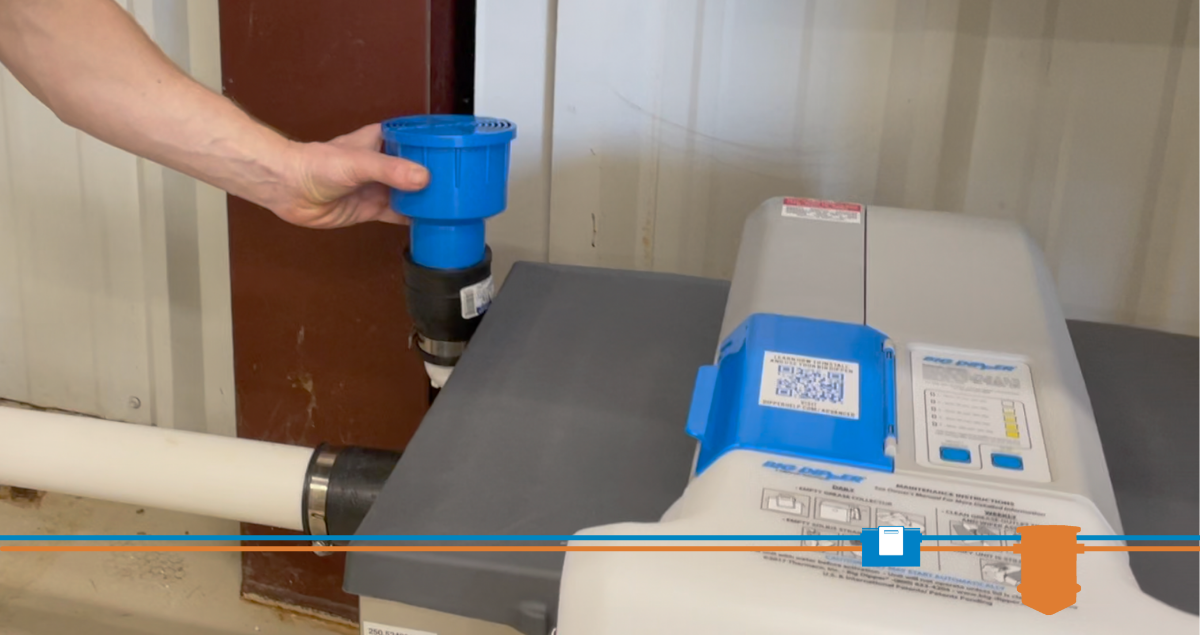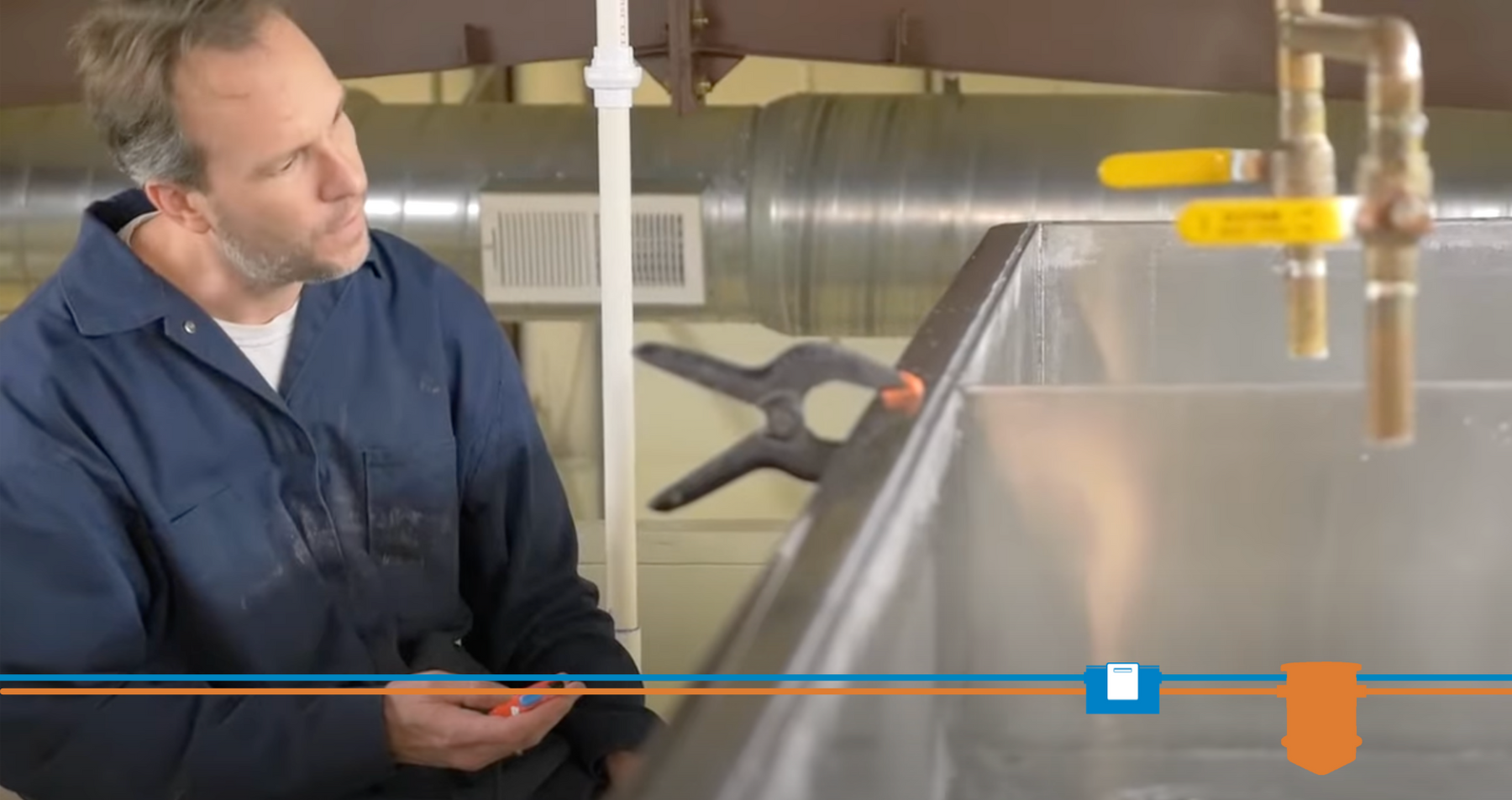The Science That Saved Septic Fields
- Oct 12, 2020

Each state has its own unique environmental challenges and aims. You learn a lot by attending state conferences.
I recall a trip to the Florida Department of Health Conference in 1986 or 1987, when the buzz was about a growing set of research on extending lifespans of septic fields for rural food service establishments (restaurants, schools, other premises with commercial kitchens). This work remains vital to rural communities to this day.
Damann L. Anderson and his team at the University of Wisconsin in Madison were leaders in this area. In the ‘70s and ‘80s, they focused on the nutrient loading effect on septic field lifespans. Septic field failure occurs when a septic field no longer properly absorbs effluent. Instead, the water ponds at the surface, a public health hazard.
To find the cause of this phenomenon, Damann and his team built simple devices called lysimeters. Lysimeters are clear pipes filled with layers of sand and gravel to simulate the soil around a septic field’s in-ground piping structure.
They assigned a lysimeter to each home and restaurant in their study. Wastewater dripped into the devices via an automatic dosing system. Details and results of their study are here.
Listening to Damann describe his research was definitely my favorite highlight of the Florida Department of Health Conference. A number of attendees had interesting questions. His answers always went into far more depth than what was in the research report.
Here’s the gist. Damann explained that every lysimeter receiving restaurant septic tank effluent eventually reached a failure stage. Wastewater stopped flowing through the lysimeter and ponded on the top-most surface of the media. As I recall, he said this happened in as few as 21 days and as many as 59 days.
The lysimeters connected to the homes were another story. Not a single one failed for the household septic tank effluent. Damann and his team reached these conclusions:
1. The lysimeter media failed because of the biological mass accumulating and filling the interstices between media particles, clogging the media. (below left image)
2. The biological mass in the lysimeter directly corresponded to the quantity of nutrients in the septic tank wastewater in the lysimeter. More nutrient per ml wastewater corresponds to more biomass created.
3. Restaurant septic tank effluent contains significantly more nutrients than household septic tank effluent.
4. Septic tank system fields for facilities with commercial kitchen operations should be sized to handle a higher concentration of effluent nutrients.
5. Reducing commercial kitchen effluent nutrient loading extends septic field lifespan.
6. Residential results indicated there is an equilibrium effluent nutrient level where a septic field can safely operate without failure. (below right image)
Let’s go back to conclusion #5, “Reducing commercial kitchen effluent nutrient loading extends septic field lifespan.” When I first heard Damann make this point in Florida, it stuck in my mind. It shaped my work on several generations of Big Dipper automatic grease interceptors.
I came away with two main thoughts. One, pretreatment is vital to extending the lives of septic fields. And two, although restaurants with septic fields should be especially vigilant about wastewater purity, not all are. Kitchen staffs face distractions every night. Forgetting about grease is pretty easy.
So with each launch of a new Big Dipper line come features that make these units as hassle-free for kitchen staffs as possible. They don’t have to remember to schedule pumping service. They have to do little, if any, cleaning. Just turn it on and it automatically skims grease from the water.
Wait until you see what we’re planning for 2021. Damann is now vice president at the environmental engineering firm Hazen & Sawyer. But I’m sure he would love to see how his earlier research is still helping you keep your city’s pipes clean and septic fields healthy for many years to come.
Share:
Posted in FOG Pretreatment







